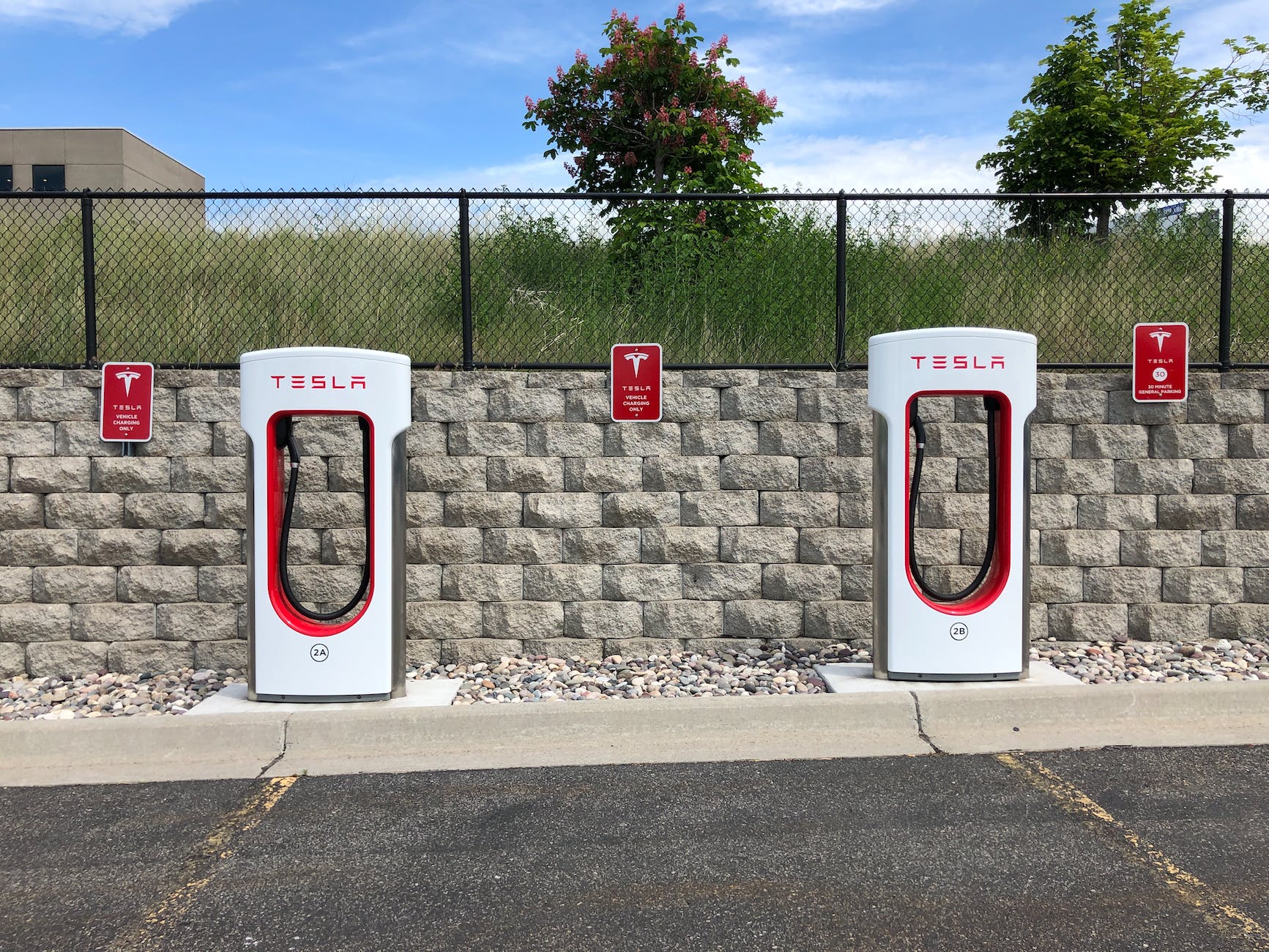
The sustainable, cleantech, and renewable energy industries grow fast, and are seeing more investments and scaling than ever before. Here are ten future trends in renewable energy that we are expecting to see:
- Continued Cost Reduction: The cost of renewable energy technologies, such as solar and wind, has been declining rapidly over the years. This trend is expected to continue as advancements in technology, economies of scale, and increased investments drive further cost reductions.
- Growth of Energy Storage: Energy storage technologies, such as batteries, are becoming increasingly important in enabling the integration of intermittent renewable energy sources into the grid. As the demand for renewable energy grows, the need for effective energy storage solutions will also rise, leading to advancements and cost reductions in this field.
- Expansion of Offshore Wind: Offshore wind power has immense potential due to higher wind speeds and larger turbine capacities. Many countries are now focusing on developing offshore wind projects, leading to increased investments, technological advancements, and larger-scale deployment.
- Distributed Generation and Microgrids: The rise of distributed generation, including rooftop solar panels and small wind turbines, allows for the generation of renewable energy at or near the point of consumption. Coupled with smart grid technologies, these decentralized systems can form microgrids, improving energy resiliency and enabling local communities to become more self-sufficient.
- Electrification of Transportation: The shift towards electric vehicles (EVs) is gaining momentum worldwide. The electrification of transportation reduces reliance on fossil fuels and creates opportunities for integrating renewable energy into the charging infrastructure. This trend will continue to drive the growth of renewable energy generation and storage.
- Innovative Financing Models: The renewable energy sector is witnessing the emergence of innovative financing models, such as green bonds, power purchase agreements (PPAs), and crowdfunding platforms. These financial mechanisms help mobilize capital for renewable energy projects, making them more accessible and financially viable.
- Integration of Digital Technologies: The convergence of renewable energy and digital technologies, such as artificial intelligence (AI), machine learning, and Internet of Things (IoT), is opening up new possibilities. These technologies optimize energy generation and grid management, enhance forecasting capabilities, improve system efficiency, and enable real-time monitoring and control.
- Focus on Green Hydrogen: Green hydrogen, produced using renewable energy sources through electrolysis, has gained attention as a potential clean energy carrier. It has applications in sectors such as industry, transportation, and energy storage. The development of green hydrogen technologies and infrastructure is expected to grow significantly in the coming years.
- Policy and Regulatory Support: Governments worldwide are implementing policies and regulations to promote renewable energy adoption, including renewable energy targets, feed-in tariffs, tax incentives, and carbon pricing mechanisms. Supportive policies are crucial for driving the growth of renewable energy and attracting investments.
- International Collaboration and Climate Commitments: The global focus on climate change mitigation and the transition to clean energy has led to increased international collaboration and commitments. Agreements like the Paris Agreement and initiatives such as Mission Innovation and the International Solar Alliance are fostering cooperation and driving the adoption of renewable energy technologies globally.
These trends collectively indicate a promising future for renewable energy, with increased deployment, technological advancements, and cost competitiveness, ultimately contributing to a more sustainable and low-carbon energy system.